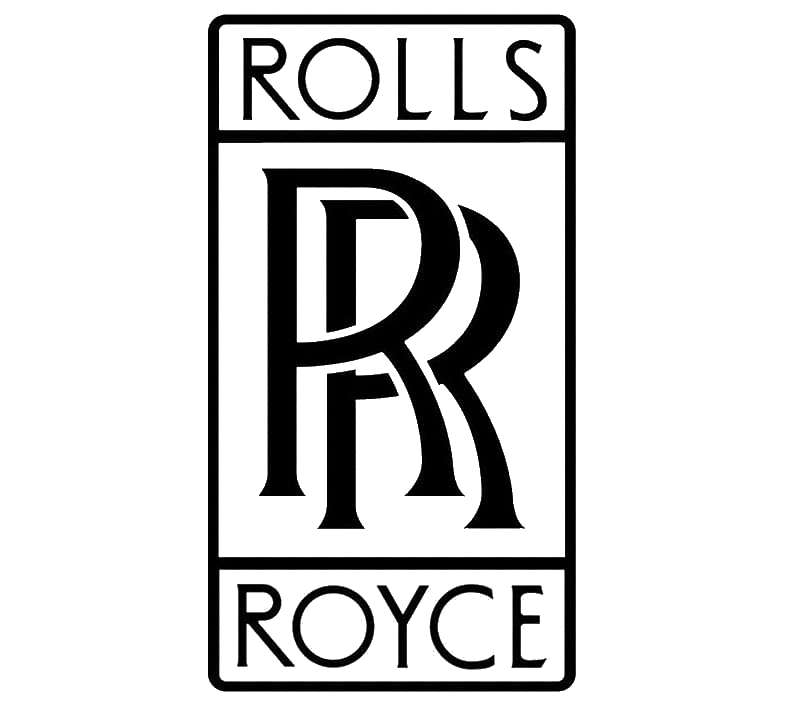Grumman Aerospace
A-6E Intruder
 |
|
| General information | |
|---|---|
| Type |
|
| National origin | United States |
| Manufacturer | Grumman |
| Status | Retired from military use |
| Primary users | United States NavyUnited States Marine Corps |
| Number built | 693 |
| Manufactured | 1962–1992 |
| Introduction date | 1963 |
| First flight | 19 April 1960 |
| Retired | 28 April 1993 (USMC)28 February 1997 (USN) |
| Developed into | Northrop Grumman EA-6B Prowler |
.
History Grumm![]() an Aerospace
an Aerospace
Grumman A-6E Intruder Manufactured 1962–1992
First flight 19 April 1960
The A-6 was in service with the United States Navy and Marine Corps between 1963 and 1997, during which time multiple variants were prototyped and produced. Two of the more successful variants developed were the EA-6B Prowler, a specialized electronic warfare derivative, and the KA-6D tanker version. It was deployed during various overseas conflicts, including the Vietnam War and the Gulf War. The A-6 was intended to be superseded by the McDonnell Douglas A-12 Avenger II, but this program was ultimately canceled due to cost overruns. Thus, when the A-6E was scheduled for retirement, its precision strike mission was initially taken over by the Grumman F-14 Tomcat equipped with a LANTIRN pod.
A-6F and A-6G

An advanced A-6F Intruder II was proposed in the mid-1980s that would have replaced the Intruder's elderly Pratt & Whitney J52 turbojets with non-afterburning versions of the General Electric F404 turbofan used in the F/A-18 Hornet, providing substantial improvements in both power and fuel economy. The A-6F would have had totally new avionics, including a Norden AN/APQ-173 synthetic aperture radar and multi-function cockpit displays – the APQ-173 would have given the Intruder air-to-air capacity with provision for the AIM-120 AMRAAM. Two additional wing pylons were added, for a total of seven stations
0
KmTake off Distance
0
KmRange
0
Km/hAircraft Speed
0
Max Crew
Photo Gallery
Grumman Aerospace
Grumman A-6E Intruder Manufactured 1962–1992


Grumman Aerospace Corporation
Grumman A-6E Intruder
Manufactured 1962–1992
General characteristics
- Crew: 2 (pilot, bombardier/navigator)
- Length: 54 ft 9 in (16.69 m)
- Wingspan: 53 ft 0 in (16.15 m)
- Width: 25 ft 2 in (7.67 m) wing folded
- Height: 16 ft 2 in (4.93 m)
- Wing area: 528.9 sq ft (49.14 m2)
-
Powerplant
- Empty weight: 26,660 lb (12,093 kg)
- Max takeoff weight: 60,400 lb (27,397 kg) (shore-based operations)
- Fuel capacity: 2,385 US gal (1,986 imp gal; 9,030 L) (internal fuel)
- Zero-lift drag coefficient: 0.0144
- Powerplant: 2 × Pratt & Whitney J52-P8B turbojets, 9,300 lbf (41 kN) thrust each
Specifications
- Maximum speed: 560 kn (640 mph, 1,040 km/h) at sea level
- Cruise speed: 412 kn (474 mph, 763 km/h)
- Combat range: 878 nmi (1,010 mi, 1,626 km) (with max payload)
- Service ceiling: (12,900 m)
- g limits: -2.4 to 6.5
Armament
-
-
Hardpoints: Five hardpoints with a capacity of 3,600 lb (1,600 kg)
-
Rockets:
- 12× LAU-10 4-round 5 inch (127 mm) Zuni pods
-
Missiles:
- AGM-45 Shrike anti-radar missile × 2
- AGM-88 HARM anti-radar missile
- AIM-9 Sidewinder air-to-air missile
-
Bombs:
- 28× Mk 82 500 lb (227 kg) GP bombs or Mk 20 Rockeye II cluster bomb
-
Other:
-
Rockets:
-
-
-
Links to Youtube & Others
An advanced A-6F Intruder II was proposed in the mid-1980s that would have replaced the Intruder's elderly Pratt & Whitney J52 turbojets with non-afterburning versions of the General Electric F404 turbofan used in the F/A-18 Hornet, providing substantial improvements in both power and fuel economy.
Grumman A-6E Intruder
The F-14 Tomcat was designed as both an air superiority fighter and a long-range naval interceptor.
Youtube Link
At the time of filming, the only recognizable star in the movie was Tom Cruise, who was known as a teen idol from 1983’s “Risky Business.”.
















